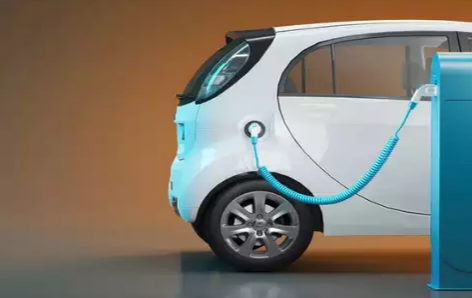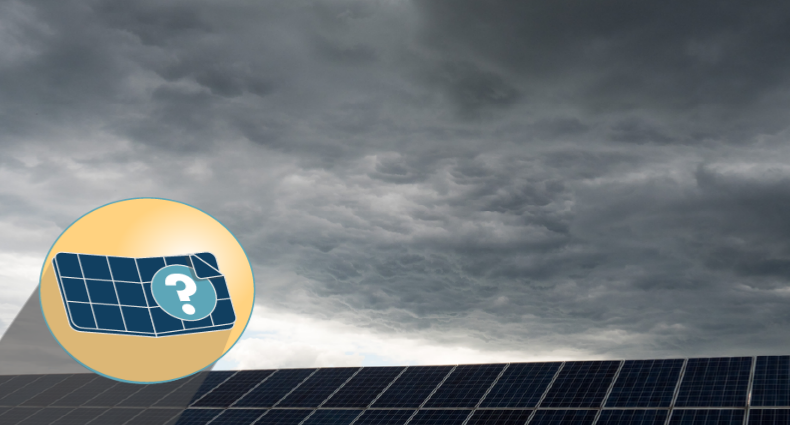What is Polysilicon Made From?
Polysilicon is made from purifying and refining metallurgical grade silicon. Composition and Structure of Polysilicon Polysilicon, or poly-Si, is a high-purity, polycrystalline form of silicon that plays a crucial role in the semiconductor and solar cell industries due to its conductive properties. It consists of multiple small silicon crystals and serves as the raw material […]









